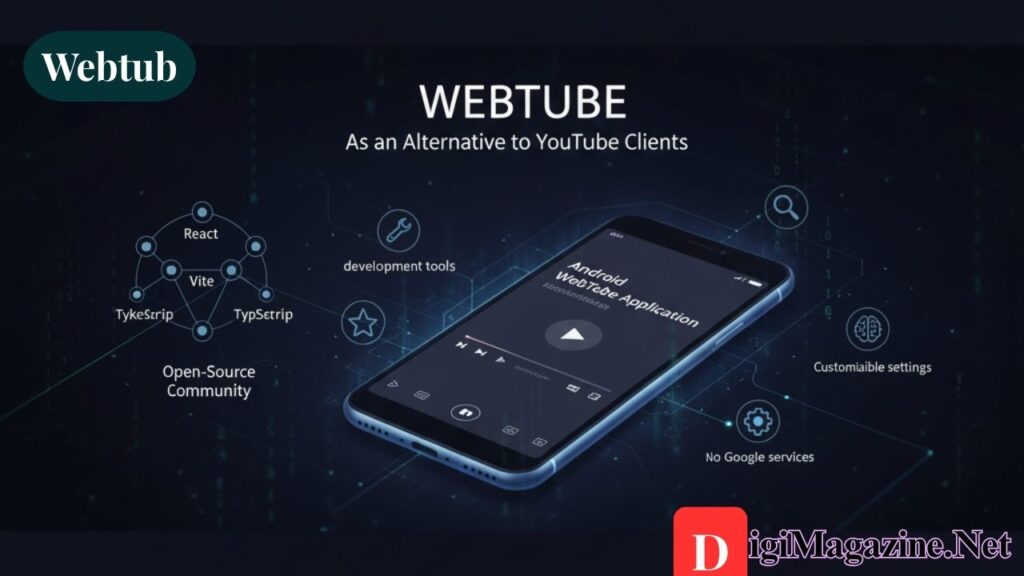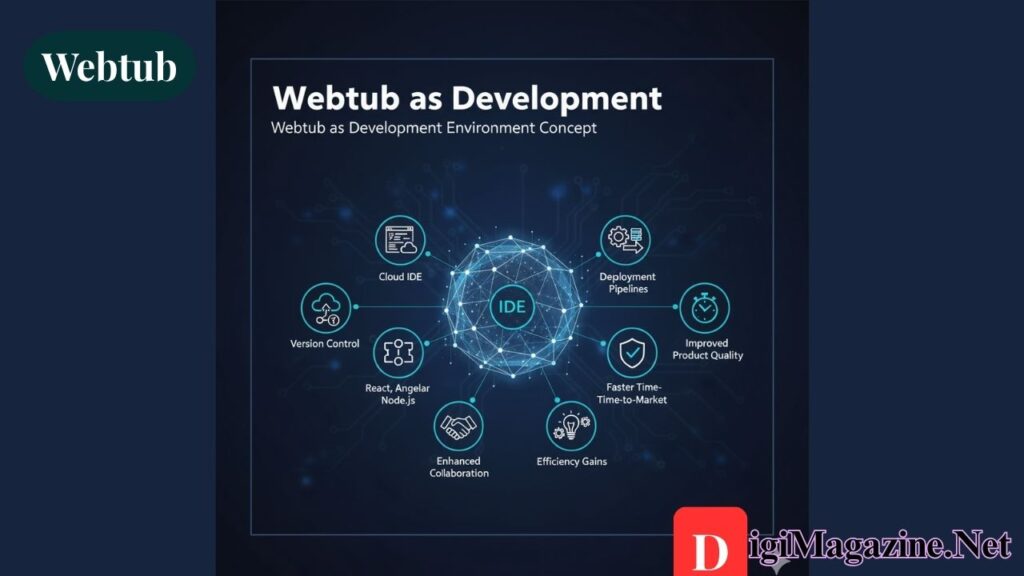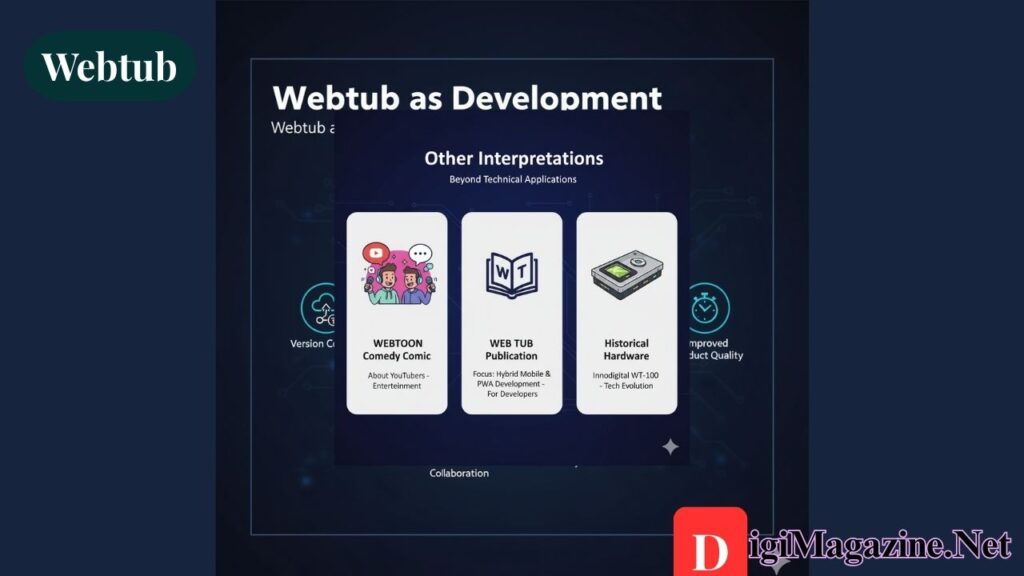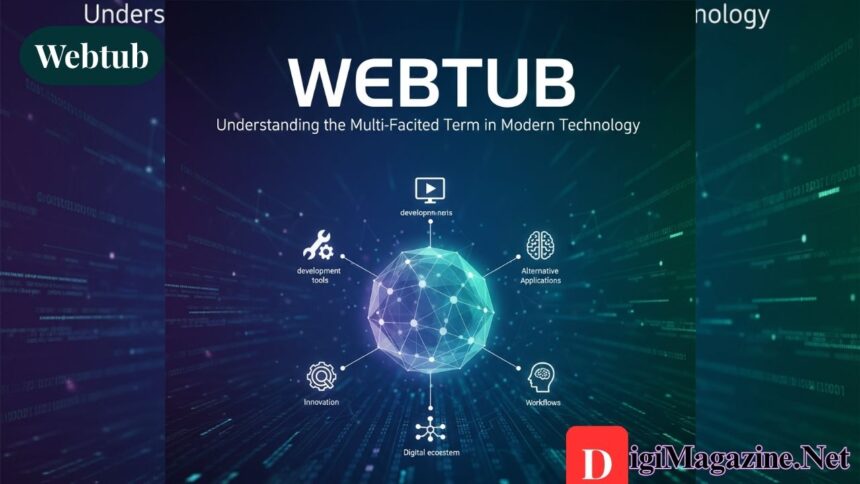Introduction to Webtub
The term webtub has emerged as a versatile concept in the technology landscape, carrying different meanings depending on its context. Understanding webtub requires exploring its various interpretations, from development tools to alternative applications that enhance user experiences across platforms.
In today’s digital ecosystem, webtub represents both a development philosophy and practical applications that serve distinct purposes. The context-dependent nature of this term reflects how technology evolves to meet diverse needs—whether for developers seeking streamlined workflows or for users seeking alternative ways to access content.
The relevance of webtub in modern web technology cannot be understated. As digital solutions continue to evolve, concepts like webtub demonstrate how innovation addresses gaps in existing systems, offering fresh approaches to common challenges faced by developers and end users alike.
WebTube as an Alternative to YouTube Clients

Android WebTube Application
The webtube Android app stands out as a remarkably lightweight alternative to the YouTube client, requiring only 2MB of storage. This compact design makes it accessible to users with limited device storage or those seeking efficient solutions.
One of the most compelling features of this webtube client is its ability to function without Google Services. This independence allows users to access content even on devices without Google’s ecosystem installed, significantly expanding accessibility.
Core features of the webtube application include comprehensive search functionality, smooth video playback, quality selection options, and the ability to save favorites. These essentials ensure users can enjoy content without unnecessary bloat or complexity.
Customizable settings further enhance the webtube experience, allowing users to adjust language preferences and explore regional trending content. This flexibility makes the application adaptable to diverse audiences worldwide.
WebTube Projects and Variations
The open-source community has embraced webtube through web applications inspired by YouTube, built with modern technologies like React, Vite, and TypeScript. These projects showcase how developers reimagine content platforms using contemporary frameworks.
Open-source implementations and developer projects surrounding WebTube demonstrate the collaborative spirit of the tech community. These initiatives provide learning opportunities and alternatives that cater to specific user preferences or technical requirements.
Custom YouTube interface modifications under the webtube umbrella offer users tailored experiences. Whether simplifying navigation or adding unique features, these variations address individual needs that mainstream platforms may overlook.
Webtub as Development Environment Concept

Definition and Purpose
As a development concept, Webtub represents an integrated environment for web and application development. This comprehensive approach brings together essential tools that developers need throughout the entire software lifecycle.
The webtub framework functions as a comprehensive toolkit for building, testing, and deploying software. By consolidating these critical phases, it streamlines workflows and reduces the friction typically associated with juggling multiple platforms.
Core Components
At its heart, Webtub features an Integrated Development Environment (IDE) with cloud capabilities. This cloud-enabled approach allows developers to work from anywhere while maintaining access to their full development stack.
Version control integration is another pillar of the webtub ecosystem, supporting popular platforms such as Git, GitHub, and GitLab. This seamless integration ensures proper code management and collaboration without switching between tools.
Framework support in Webtub spans industry favorites such as React, Angular, Vue.js, Node.js, and Python. This broad compatibility means developers can work with their preferred technologies within a unified environment.
Built-in deployment pipelines complete the webtub package, automating the often complex process of moving code from development to production. This automation reduces errors and accelerates release cycles.
Benefits for Developers
Efficiency gains through a unified interface represent a significant advantage of webtub. By eliminating context switching between tools, developers maintain focus and momentum throughout their work sessions.
Enhanced collaboration and team standardization become possible when everyone works within the same webtube environment. Shared configurations and consistent workflows reduce miscommunication and technical discrepancies.
Reduced configuration overhead with pre-configured setups saves countless hours typically spent on environment preparation. The webtub approach means developers can start coding immediately rather than wrestling with setup procedures.
Real-time feedback with live reloading keeps developers informed of how their changes affect applications instantly. This immediate visibility significantly accelerates debugging and refinement.
Business Advantages
Faster time-to-market through shorter development cycles gives organizations using Webtub a competitive edge. When teams work more efficiently, products reach customers sooner, capturing opportunities before they pass.
Improved product quality through automated testing within the webtub framework catches issues early. This proactive approach prevents bugs from reaching production, protecting brand reputation and user satisfaction.
Competitive advantage in the digital economy flows naturally from the efficiencies that webtube development environments provide. Organizations that ship quality products faster inevitably outpace competitors still using fragmented toolchains.
Other Interpretations

Beyond technical applications, webtube appears in entertainment as a WEBTOON comedy comic about YouTubers. This creative interpretation plays on the familiar platform name while exploring the culture surrounding content creators.
The Web Tub also exists as a publication focused on hybrid mobile and PWA development. This resource serves developers interested in progressive web applications and cross-platform mobile solutions.
Historical hardware products like the Innodigital WT-100 have also carried similar naming conventions, showing how technology terms evolve and get repurposed across different eras and applications.
Future Outlook
Evolution of Integrated Development Environments
The evolution of integrated development environments continues to trend toward more comprehensive solutions like Webtub. As projects grow more complex, developers increasingly value platforms that handle multiple aspects of the development lifecycle.
Growth of Alternative YouTube Clients
Growth of alternative YouTube clients reflects user demand for choice and customization. Applications like WebTube fill niches that mainstream platforms don’t address, creating space for innovation and specialization.
Emerging Trends in Web Development Tooling
Emerging trends in web development tooling point toward greater integration and automation. The webtub philosophy of bringing tools together aligns perfectly with where the industry is heading, suggesting continued relevance for these concepts.
Conclusion
Understanding webtub requires appreciating its multifaceted nature—from practical applications like lightweight video clients to comprehensive development environments that empower creators. Whether you’re a developer seeking efficient workflows or a user exploring alternatives to mainstream platforms, the webtube ecosystem offers valuable solutions. As technology continues evolving, concepts like webtub will likely expand further, addressing new challenges and creating fresh opportunities across the digital landscape.
For more information, visit Digi Magazine.







